What is the Relaxation Response?
What is the Relaxation Response and what did Herbert Benson’s research on the relaxation response tell us about it’s importance against stress. Why do so many people struggle to relax properly, relax deeply?
In a world where we are so distracted, so busy, so over-anxious, and stressed is it a wonder why we have forgotten how to relax.
When we are a baby we come into the world with this innate ability to relax, to switch off, to be calm, and just be. But in our modern chaotic, confusing world we are so in our head, so in our thoughts, so detached from our body, mind and spirit, we have forgotten how to relax, how to be relaxed.
So What Is The Relaxation Response?
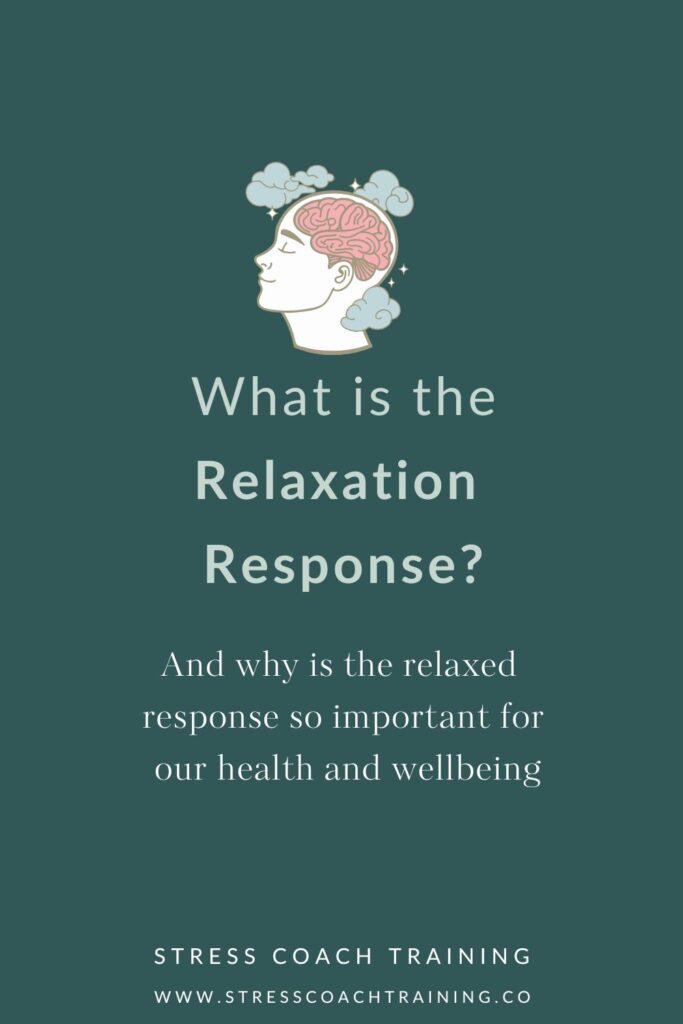
Understanding what is the relaxation response starts by understanding the stress response and the relaxation response in many ways is our bodies natural way to counter act the stress response.It is the ability to deeply relax, deeply rest, something that most people today struggle to do.
The Stress Response is our innate survival response, the fight, flight or freeze response to stress, originally our response to life-threatening or life-challenging situations. Today the stress response is stimulated by many every day events and thoughts.
The relaxation response helps move the body away from the stress or anxiety response.
Herbert Benson who pioneered research on the “Relaxation Response” states
“The relaxation response is a physical state of deep rest that changes the physical and emotional responses to stress…and the opposite of the fight or flight response.”
Herbert Benson www.relaxationresponse.org
The relaxation response is in fact a natural innate response that many of us have lost due to chronic stress, information overload, and overstimulation. That is why most people today have to learn how to relax, how to properly and deeply relax using relaxation therapy and relaxation techniques. Why Relaxation Techniques are so needed today.
“all I’ve done is put a biological explanation on techniques that people have been using for thousands of years.”
Doctor Herbert Benson.
Relaxation Techniques And The Relaxation Response
There are a variety of relaxation therapy techniques and relaxation exercises that can help induce the relaxation response. Some of the most effective are muscle relaxation techniques such as PMR Progressive Muscle Relaxation Techniques and Autogenic Techniques.
Different techniques are used for different types of clients and how chronic their anxiety, stress, pain or insomnia are.
But the main fundamental of a highly effective relaxation technique is the ability to not just relax the mind, emotions but body. To help the body, the muscle tissue, the organs, even the cellular body release and let go.
Every client is unique and although we do teach our therapists a foundational approach to helping their clients off the stress response into the relaxed response using certain techniques at certain times of the client journey.
We teach our students the importance of choosing the right relaxation technique to suit their physical state and abilities and their present mental and emotional challenges.
Progressive Muscle Relaxation Techniques and Relaxation Response
Progressive muscle relaxation techniques are one of the most effective ways of encouraging the relaxation response in the mind, body, and emotions. PMR Techniques help reduce muscle tension, inflammation, chronic pain, blocked qi in the body which is often caused by trauma or injury.
PMR is one of the most common ways to help eliminate insomnia. Muscle relaxation techniques are often at the foundation of any relaxation therapist’s or relaxation coach’s toolbox. But like everything is how and when it is applied that can make a big difference in a client’s life.
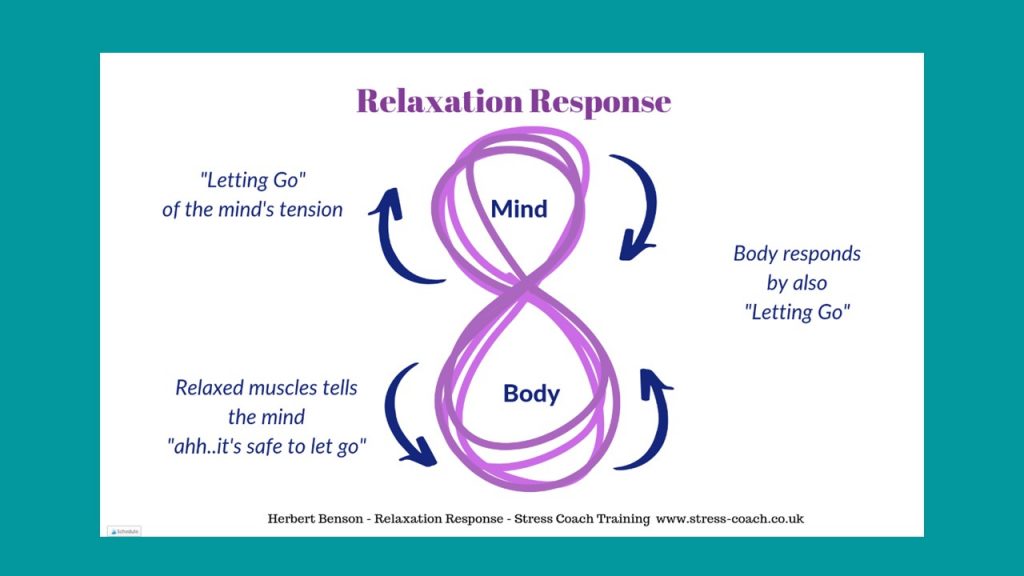
PMR was originally developed by Doctor Edmund Jacobson in the early 1920s, it is one of many tools and techniques we teach our students.
One of the main techniques that we use is a progressive muscle relaxation technique with an autogenic style to it, which means the clients get the full benefits of PMR and the added advantages of the soothing mind-body connecting that is encouraged by autogenic style approaches.
PMR helps release old energy, old trauma, pain and tension that we have held in our body not just for years but sometimes decades. Most people are totally unaware of how much tension, inflammation, and trauma they are holding in their body.
Many are not fully in the body, these issues lead to all sorts of dis-ease in the body especially postural problems which impacts our breathing, which can increase anxiety and stress levels, be a factor in hyperventilation and anxiety attacks.
For clients and students in severe or chronic pain, have certain back or spinal issues or disabilities that PMR may cause contraindications we recommend other relaxation techniques such as the Mitchell Method Of Relaxation.
NLP And Relaxation Response
The mind, body connection to the stress response has a very strong unhealthy anchor today. We all have so many mental, cognitive and even physical triggers that will activate the fight of flight stress response, the survival response. Because most of us are constantly in a stress hyperarousal state, it maybe low levels of anxiety or stress, but the reality is most people do not go about their day relaxed.
So when a Relaxation Therapist, Relaxation Teacher is helping a client relax, manage their stress, it is important that they use the correct language, powerful calming anchors that will help encourage the relaxation response. That is why our training also covers the basics of NLP Neuro Linguic Programming and some helpful NLP techniques that work with Relaxation Therapy to take the client into deep states of relaxation.
The right language is so important in this type of work such like the right language is a must in hypnotherapy, when we are encouraging someone into deep states of relaxation, the unconscious and even conscious is more pliable. So the correct language, the right use of words is very important for a Relaxation Therapist, Relaxation Teacher and even a Relaxation Coach.
Guided Imagery And Relaxation Response
Creative and Guided Imagery when used with other relaxation techniques or relaxation exercises and NLP can be extremely effective at encouraging not just deep states of relaxation but also can be used to create highly effective anchors that induce instant feelings of calm and peace.
Again as a highly experienced therapist, coach and counsellor I know how vital it is that healers and therapists use creative visualisation and guided meditations safely and effectively. What one client may find deeply calming or relaxing may trigger deep states of trauma or wounding for another client or student.
Imagery is extremely powerful but like any form of therapy, it is important to know how to apply these tools and techniques in the safest and effective way so that the experience triggers states of wellbeing, not fear or trauma.
Relaxation Therapy And Relaxation Response
We teach our therapists a variety of relaxation techniques, meditation, mindfulness, guided visualization, grounding, and stress management techniques that will help their clients move off the stress response into relaxation in the safest effective way.
As someone who has lived with very rare and complex medical conditions that started to impact my quality of life over 30 years ago. I needed to find stress-reducing techniques that were safe and effective for many of the challenges I was facing.
One of the biggest issues I faced over the last 30 years was many therapies and healing modalities that would normally be regarded as safe for most people we in fact detrimental to my health due to a variety of reasons.
Relaxation Therapy was a great way to encourage my mind, body, and emotions into a more relaxed state of being, to encourage more self-healing, reduce pain and encourage better health and wellbeing.
If you would like to learn how to apply the relaxation response, relaxation therapy in your own therapy or coaching practice. Check out below



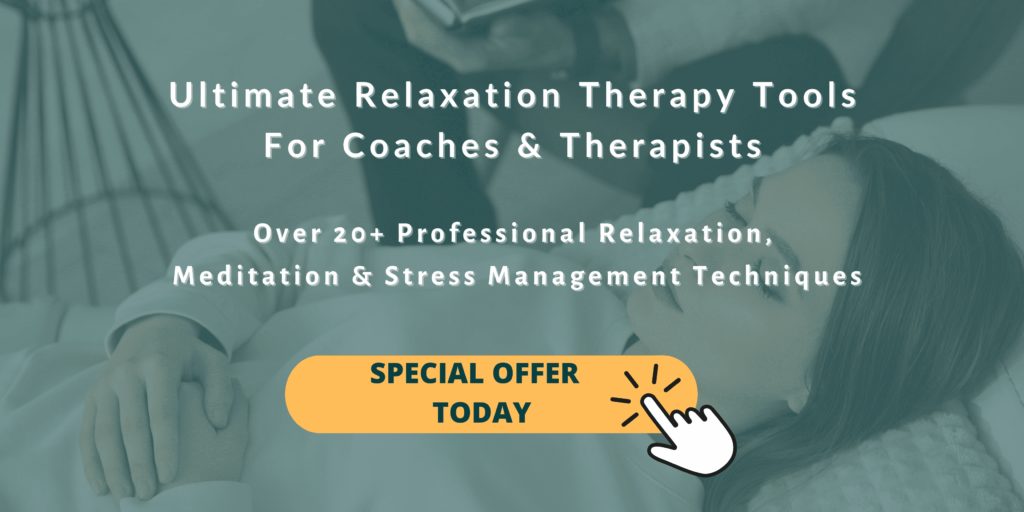
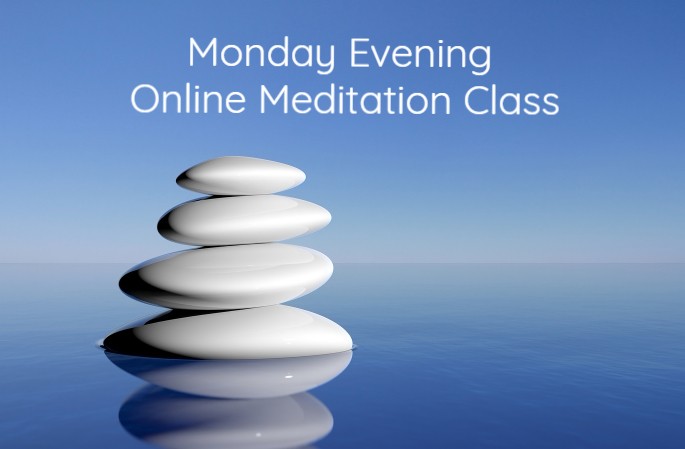

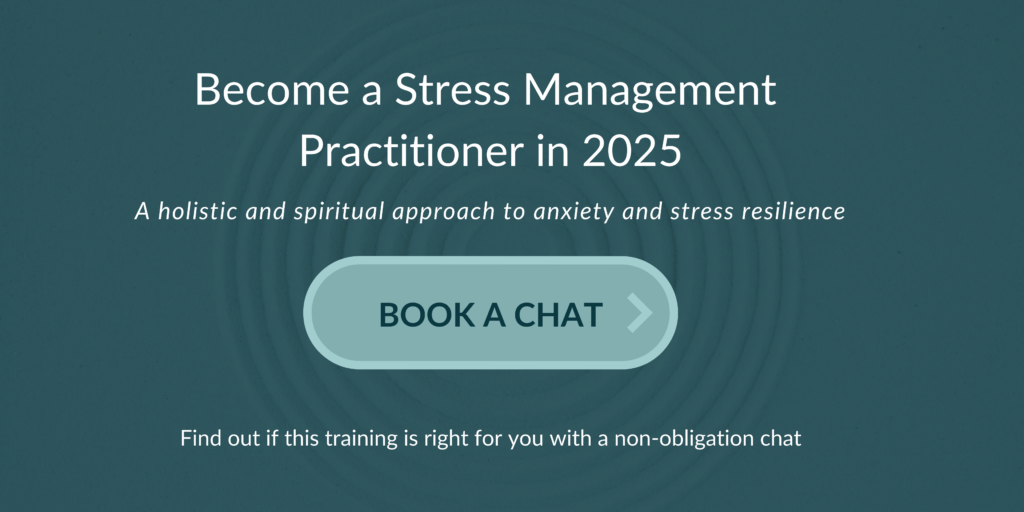
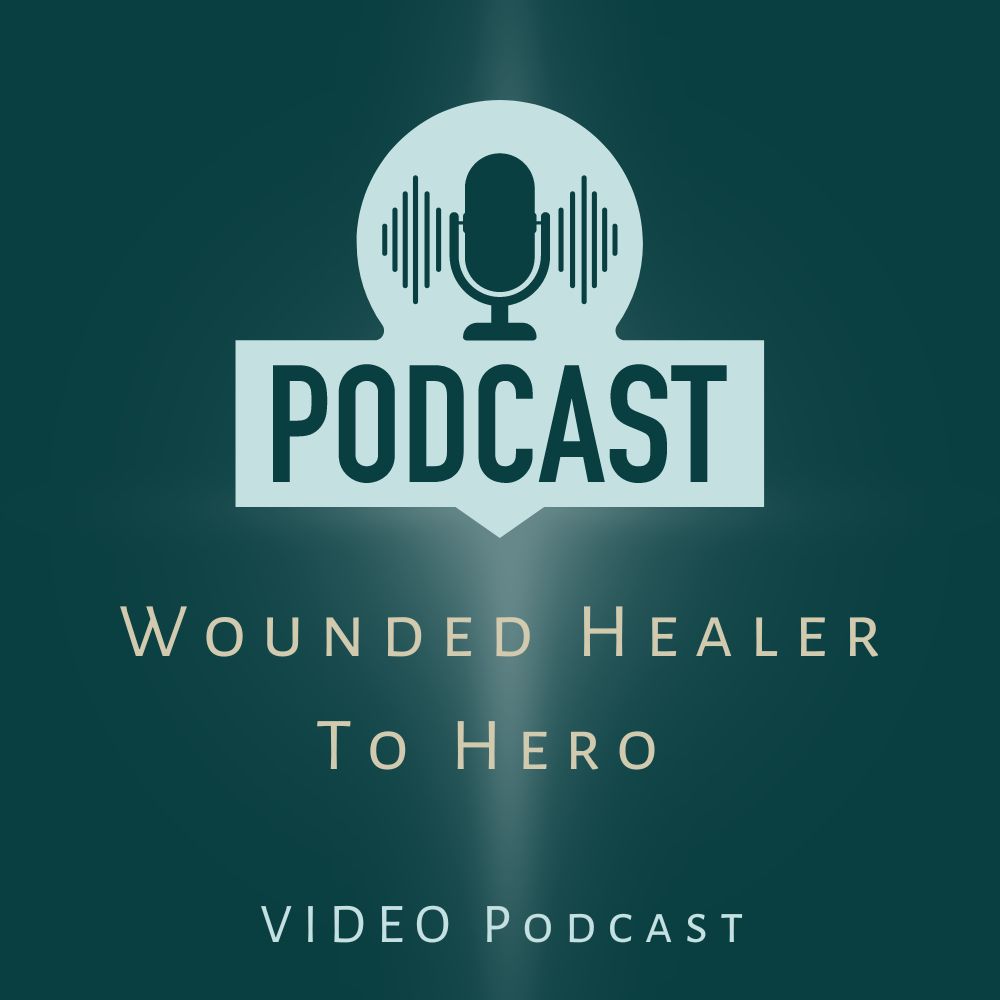
So interesting, and something my nursing colleagues and I really need to learn more about. Thanks for sharing!
Hi Katy
Yeah ive had a lot of nurses and medical professionals over the years do my training its sad how much holistic wellbeing and natural forms of anxiety and stress management is not taught in nursing